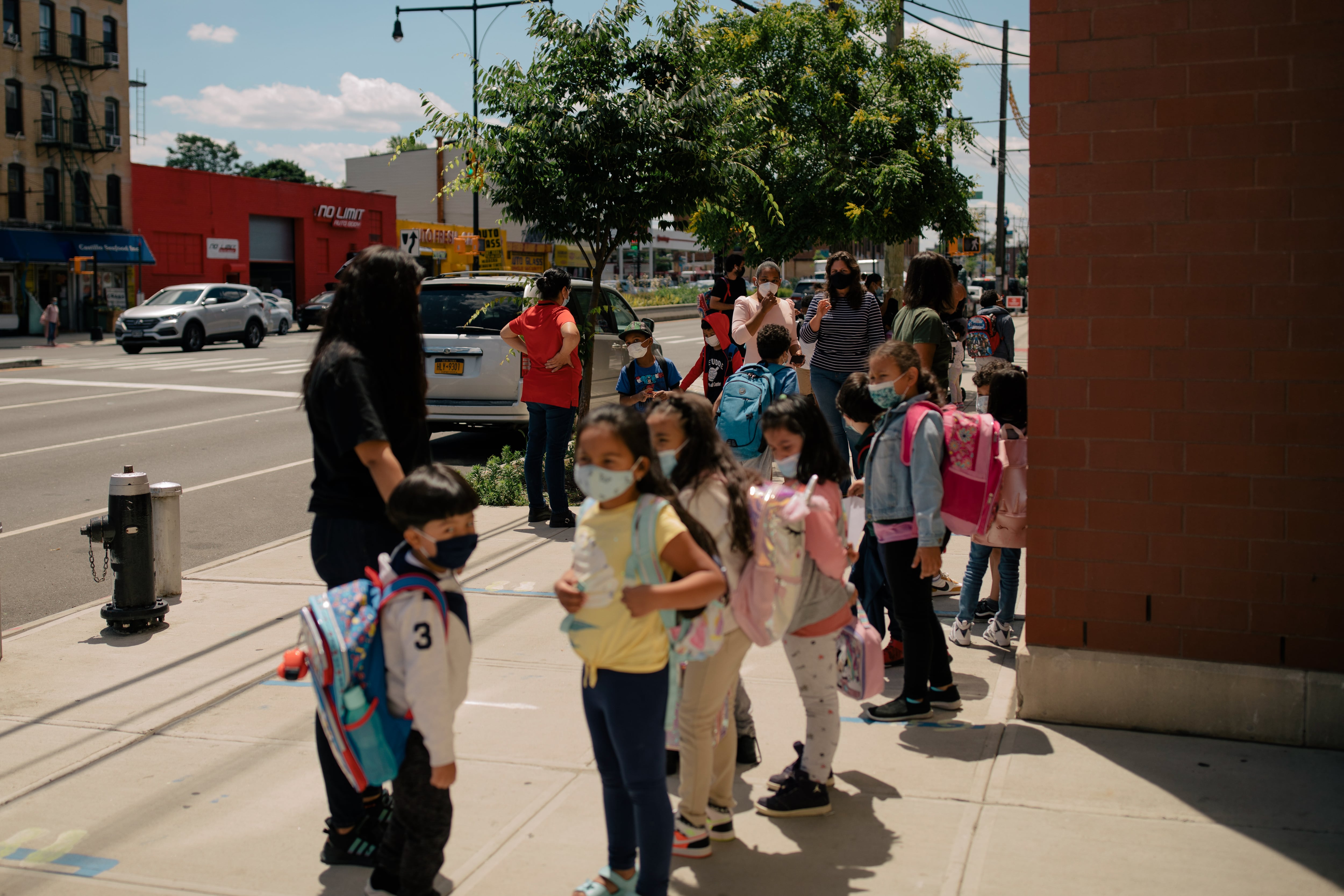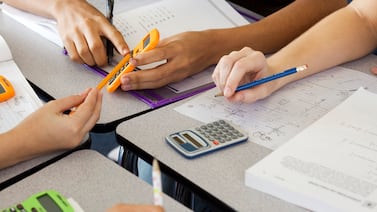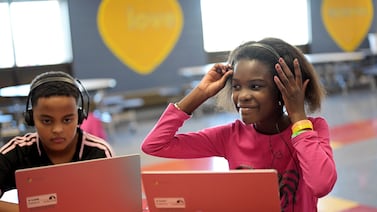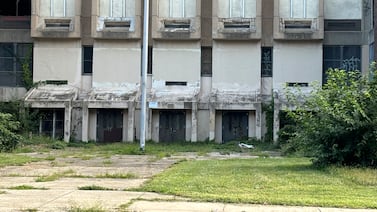Buoyed in recent years by billions in federal stimulus dollars, New York City is slated to spend about $38,000 per student next school year — the most in recent history — as enrollment is again expected to drop, according to a new report published Tuesday.
The report, from Citizens Budget Commission, or CBC, a budget watchdog group, comes as the education department faces 3% in cuts for next year. Mayor Eric Adams and the City Council are in the middle of budget planning for the next fiscal year, which begins on July 1.
Many of the CBC’s findings focus on the period from fiscal year 2016 through 2022, since the current fiscal year, 2023, isn’t over yet. Some of the report’s highlights include:
- In that time period, the education department’s spending per pupil has increased by 47%, in large part due to the $7 billion in federal COVID aid the district received as enrollment has dipped. Three school years from now, in fiscal year 2026, CBC projects the city could be spending as much as $44,000 per student.
- Spending grew the most in three areas: early childhood education, at 65%, covering private school tuition, such as for students with disabilities, by 79%, and for charter schools, by 84%. This was fueled by enrollment growth in these specific areas.
- Spending related to schools, such as for instruction, grew by about 34%. Spending on school services, such as transportation, food, and safety, grew at a similar rate.
- Spending on school support, such as special education instructional costs, grew by about 15%. And spending on central costs, including central administration, fringe benefits, pension contributions, and debt service, saw the slowest growth – by 8%.
CBC called for officials to prioritize programs and services for next year that are most effective and shed others. It also notes that the city faces financial pressures over the next several years, which the Adams administration has also emphasized as they’ve imposed stricter savings targets on city agencies. Those challenges include labor costs that will stem from new union contracts, including with the United Federation of Teachers, and a potential recession.
“We can’t do everything for everyone, so we need to start focusing on the most impactful interventions,” said Ana Champeny, the vice president for research at the Citizens Budget Commission.
New York City spends the most per pupil among the nation’s largest school districts. That cost grew as federal dollars were poured into the school system and enrollment dropped significantly after the onset of the pandemic. Dips in enrollment are likely due to several factors, including demographic changes and the cost of living in New York, which are leading many families to find homes elsewhere.
Roughly one-third of the department’s spending growth between 2016 and 2022 was due to federal pandemic aid, which is set to run out by 2024, CBC’s report found.
Advocates and educators have decried the potential cuts to the education department — amounting up to $421 million — as students continue to struggle with a host of challenges, including mental health, chronic absenteeism, and recovering academically after remote learning. Cuts to school budgets this school year resulted in some schools losing teachers, having larger class sizes, and cutting some programming, such as art and music classes.
Research has found that more money usually leads to better schools. New York, however, is in a puzzling situation: Despite being the leading state in spending per pupil, students score in the middle of the pack on national math and reading tests.
It’s possible to make cuts through central or support costs, such as through transportation contracts, and “avoid cuts to school budgets,” the CBC report notes.
While CBC doesn’t make specific recommendations, Champeny said such cuts could mean negotiating cheaper transportation-related contracts. The department could also look for ways to reduce private school placements for children with disabilities, commonly known as “Carter Cases,” a cost that ballooned under former Mayor Bill de Blasio and continues to grow.
More immediately, however, the group called on the department to be “transparent” about the future of a slate of programs that are currently relying on federal pandemic relief, which other organizations and advocates have also pressed for. These programs include expanded summer school, new prekindergarten seats for students with disabilities, and screening for dyslexia and other literacy programs – an area that Adams is increasingly making one of his signature projects.
Nathaniel Styer, a spokesperson for the Department of Education said, “This Administration has been open and honest about the long-term combined challenges of declining enrollment, programs funded by one-time federal stimulus dollars, and rising costs tied to unfunded mandates from the State.”
Reema Amin is a reporter covering New York City public schools. Contact Reema at ramin@chalkbeat.org.





